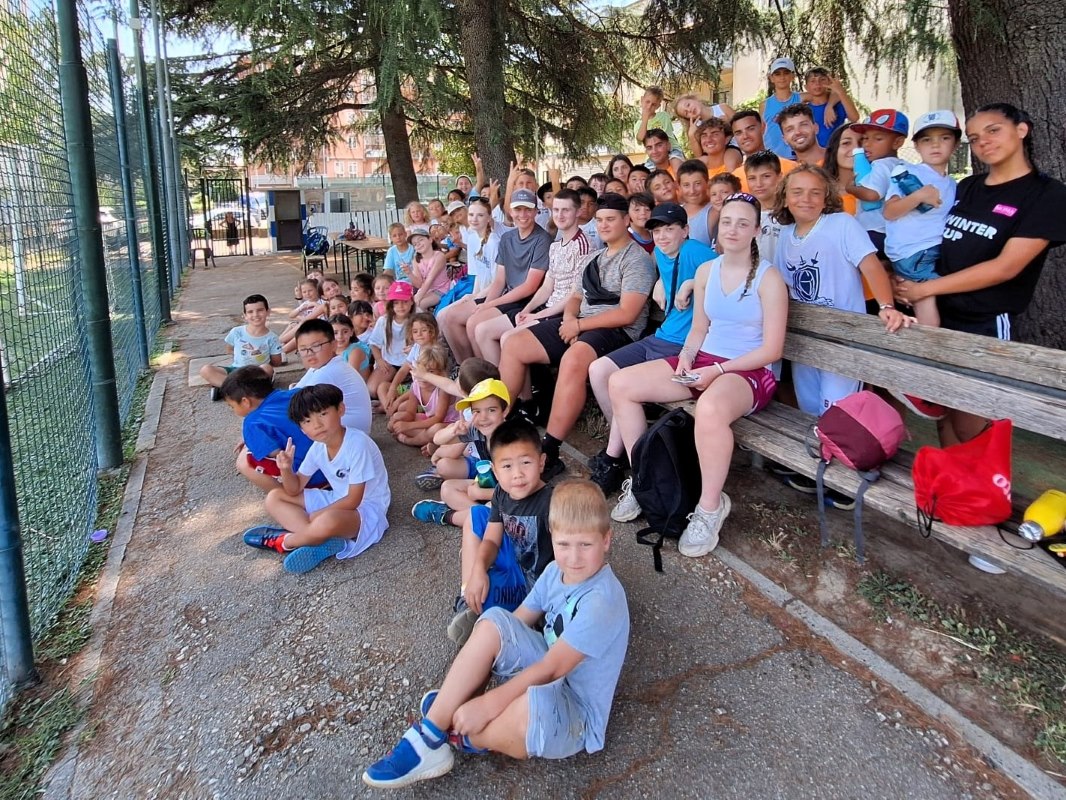7 Ways XR Is Revolutionising FE and Work-based Training

Extended reality (XR) is already having a major impact on a huge range of sectors and industries. Whether through virtual reality (VR) or augmented reality (AR), the principle of using XR to blend the physical world with the digital world can be an extremely exciting idea.
According to a report from Jisc, the further education (FE) sector has a “strong appetite for further implementation and use of XR to improve not only the experiences of learners but also accessibility and future job readiness for individuals across multiple fields.”
While this report also states that there has been more investment in XR within FE, there is still a need for a broader understanding of how this technology can be optimised within the sector.
In this article, we’ll look at seven ways XR is improving FE and work-based training.
1. Safety in real-world scenarios
It has been well established that one of the major benefits of XR is its ability to present training that could potentially be dangerous in a completely safe way. In an FE setting, this could look like working with dangerous chemicals in a lab, or operating machinery needed for engineering.
In fact, one study showed that using XR training allowed 95% of industrial professionals to feel safer on the job. This shows that when someone is taken out of the XR environment, they are still able to get the benefits of the training – even if that training happened in an entirely simulated environment.
2. XR boosts engagement and motivation
XR feels current and fresh, and this allows it to provide a learning experience that is more engaging and interesting. And the good news here is this boost in engagement pays dividends in terms of the learnings achieved. Indeed, one study from PwC found that 40% of VR learners saw an increase in confidence around the subject compared with classroom learners.
It is up to the FE sector to find the best ways possible to utilise XR that can inspire students, staff, or whoever is being trained. The results have been shown to be effective, and yet, as we will see, there are many further benefits to XR.
3. Offering ‘impossible’ opportunities
There are many possibilities for what VR can provide in the classroom environment.
As VR specialist 3D Walkabout suggests:
“Virtual reality can provide a unique visual experience for individuals who are unable to travel to certain places due to disability or financial restrictions. It can also be used by students with disabilities who might not be able to attend school in person but would still like access to academic resources through technology.”
In short, VR can make things that would otherwise be impossible, a genuine reality for students and teachers alike. It is easy to imagine how the classroom can be brought to life in ways that simply were never an option before.
4. Expanding access to remote training
If there is one issue that XR can provide a solution to it is the problem of geography. When you have remote learners or people spread out over a large area all attending the same training, XR can bring everyone together and create a shared learning experience that benefits everyone.
Through VR it is possible to create virtual classrooms – making it possible for geographically-remote learners to collaborate with each other, as well as all accessing the same resources at the same time.
5. Personalised training
It has been consistently established that people can learn very differently from one another. One of the key ways that XR is revolutionising FE and work training is that it can offer a tailored experience.
Different learning styles can be easily catered – for example, those learners who prefer a hands-on experience can learn in a simulated VR environment. And the differences can be more subtle, some learners might benefit from subtitles as they are more easily able to digest and learn from written material as a trainer is speaking.
It is also possible for XR to provide some things that a single trainer simply can’t – for example, individualised feedback for every person in real-time.
6. Reducing costs
It certainly the case that when used effectively, XR can save any FE or work-based training operator a significant amount of money. One single simulated lab environment can save the cost of repeated setups, equipment, and more.
XR specialist Eric Abbruzzese, writing for Abi Research says:
“AR/VR training requires fewer materials, instructors, and traveling needs than traditional training methods. This results in potentially thousands of dollars in savings per employee.”
7. Supporting continuous upskilling
Upskilling is always important in the FE sector. Whether it is lecturers, admin staff, or academics, getting access to an understanding of new technological advances can make a huge difference to how an institution is able to stay ahead of its competition – and XR can be extremely valuable here.
In competitive markets, it is vital to keep up-to-date with how technology is influencing the sector. Investing in XR training has allowed institutions to put faith in their staff and make this a positive policy for those working there.
In summary
FE institutions and other workplaces are already benefiting from the revolutionising effect of XR technology. While of course there are some barriers to implementing this type of training – the huge range of advantages means that all industries should be looking for ways that XR can be integrated into their training programmes.
It’s not just the cost and efficiency savings that can be made, it’s also the massive positives in terms of the power of that training and retention of information that makes this worthwhile.
By Gemma Williams, HR Consultant











Responses